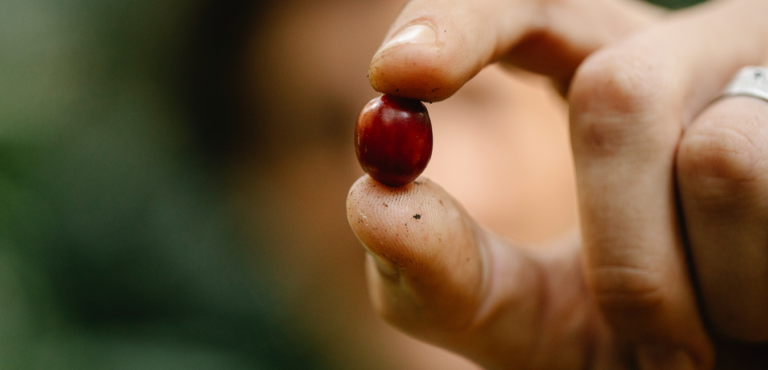The Best French Press You’ve Ever Had
The French Press isn’t entirely French. An Italian man named Attilio Calimani is credited for the invention of the brewing apparatus we know and love. However, the first rendition of the widely used coffee plunger was patented by the French. This underrated method of brewing coffee is simple, repeatable, and easy on the pocket. Most brewing methods call for water to pass through the grounds. In a French Press, however, they’re steeped together. Once the brewing process is completed, the suspended grounds are separated and pushed down using a metal mesh.
The relatively large mesh holes let some of the non-soluble matter into the coffee resulting in a rich-bodied cup of coffee with plenty of texture. The additional texture doesn’t appeal to everyone though. Alternatively, the French pull method bypasses all concerns about the texture because the grounds are scooped out.
While your perfect cup of french-press coffee may vary, here’s a great place to start:
What You Need?



French Press
Freshly Ground Coffee
Pouring Kettle
1
As always, weigh out the coffee beans and grind them just before you start brewing. For this brewing method, it’s best to avoid fine grinds. While the metal mesh does a great job of separating large grounds, the finer particles are left suspended in the coffee after brewing.
2
As for the coffee-to-water ratio, we recommend 1:12. For a 17-oz press, you’ll need 30 grams of coffee and 350 grams of water.
3
Once the water comes to a boil, put the ground coffee in the french press, and place the apparatus on a scale.
4
Pour twice the amount of water as coffee onto your grounds. Give the mixture a gentle stir to ensure that all the coffee is hydrated and ready to bloom.

5
After 30 seconds, add the rest of your water while keeping an eye on the scale to check for the ratio. Place the lid upon the french press and let the coffee steep for about 4 minutes.
6
During these four minutes, some of the coffee floats to the top forming a layer. Using a large spoon, stir the coffee to let the grounds fall to the bottom. Let the grounds settle down for about 1 minute.
[Optional: During this stage, scoop out the foam on top along with any floating coffee grounds to avoid having too many fine particles in your cup]
7
Place the mesh plunger on top of the beaker, and gently plunge to separate all the coffee grounds. To prevent ‘overextraction’ which tends to bring out bitterness, we recommend pouring out the entire pot during this stage.
8
Stick around for the coffee to cool down a tad, pour yourself a cup, sit down, and cherish each sip.

Oftentimes, people tend to shy away from the french brew method because of the bitter aftertaste. But following these steps ensures that none of the undesirable qualities are released. Like with every other brew method, it’s possible to achieve a delightful cup of joe while retaining all the delectable flavors. Your final cup can be influenced by so many factors. To enhance your coffee experience, try experimenting with different roasts, grinds, and most importantly, beans of different origins. If you ever feel overwhelmed, remember to circle back and take it one step at a time.








